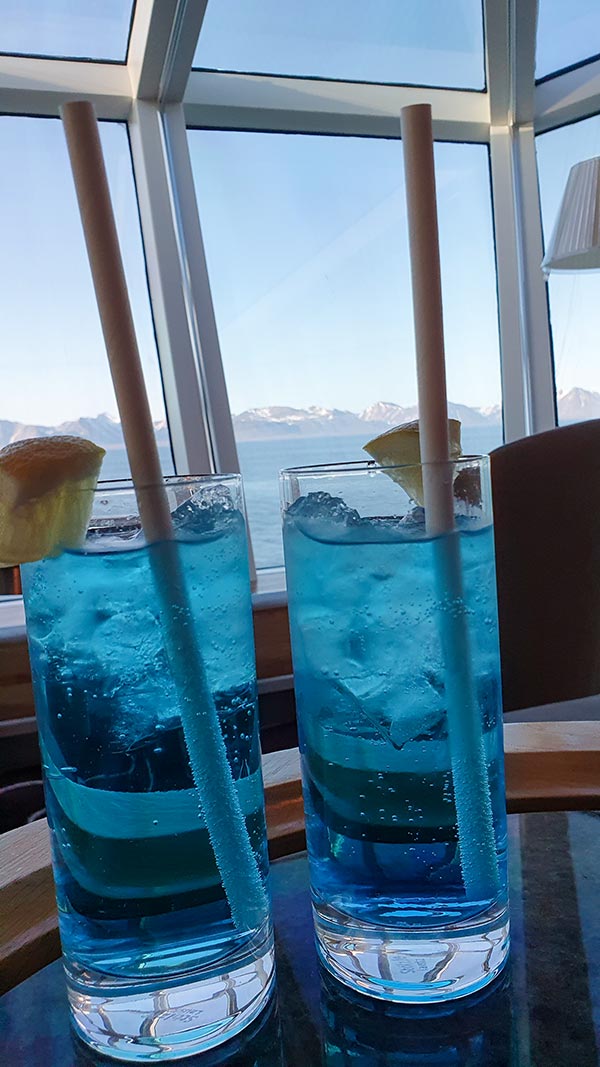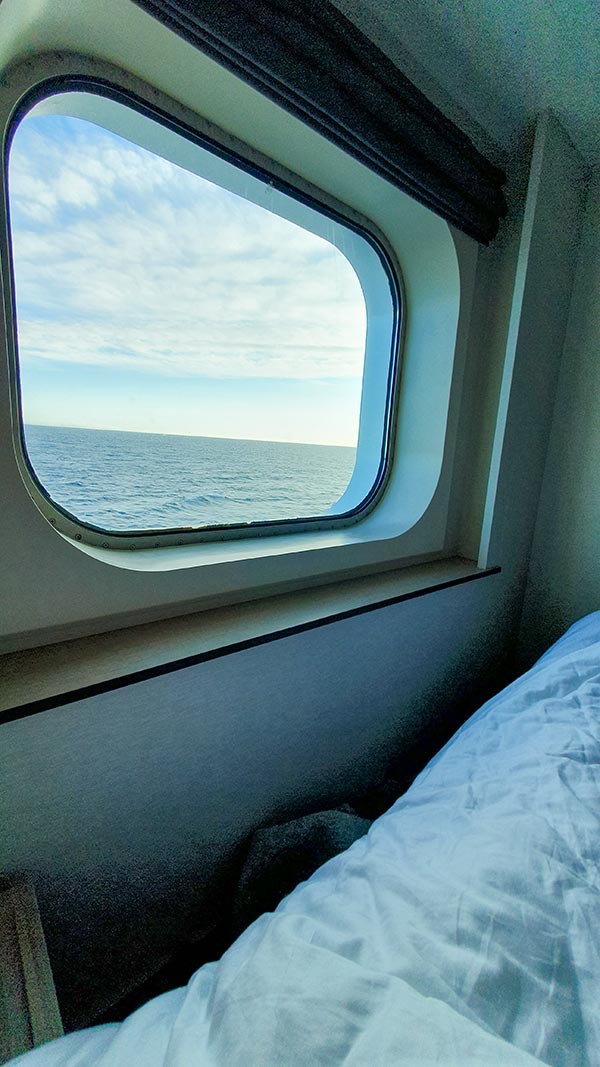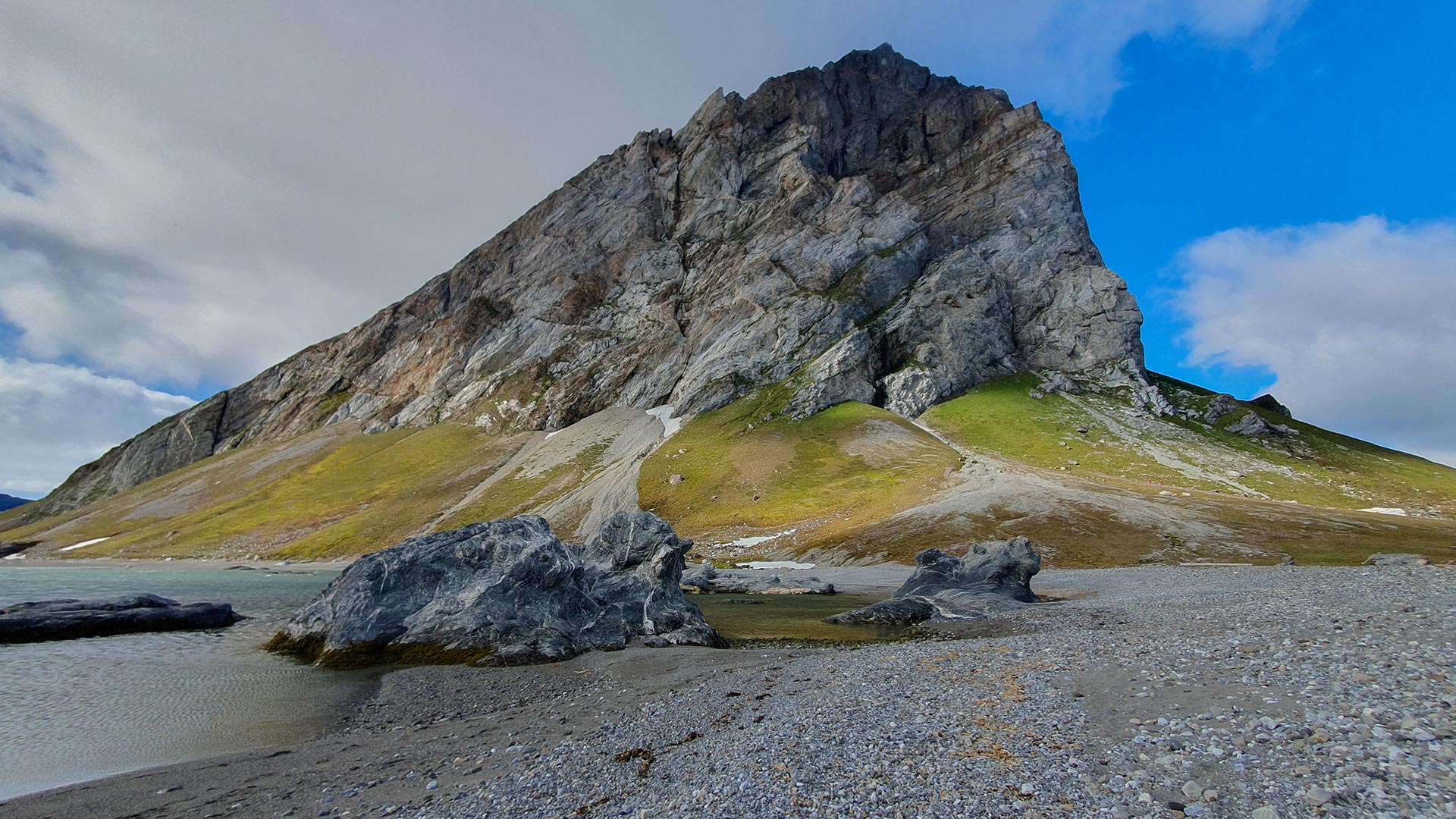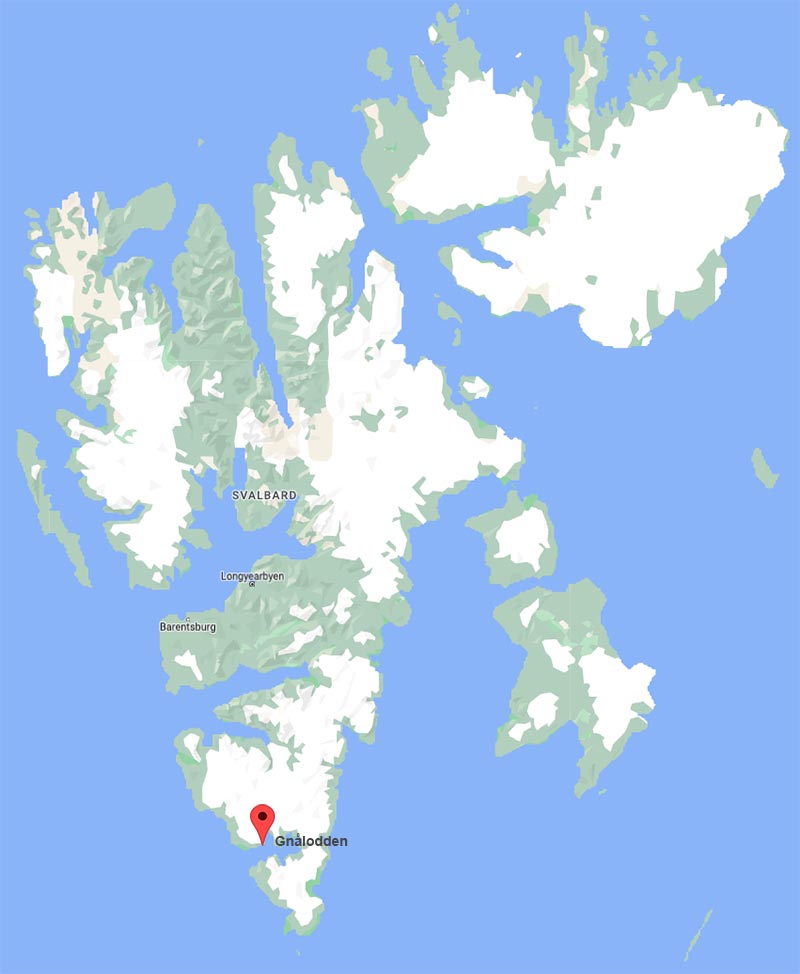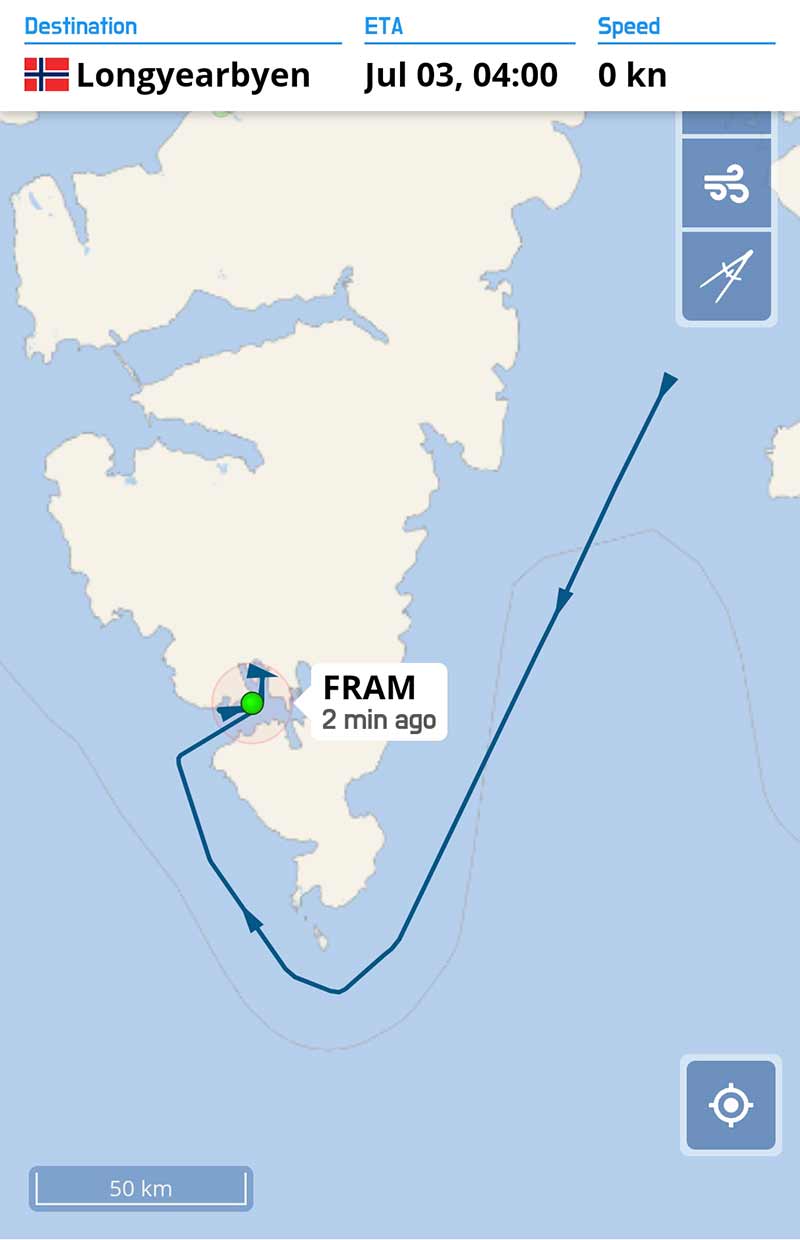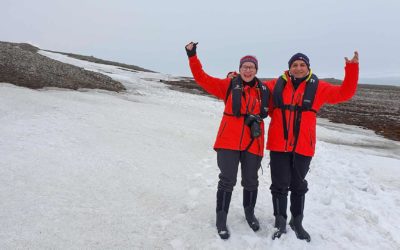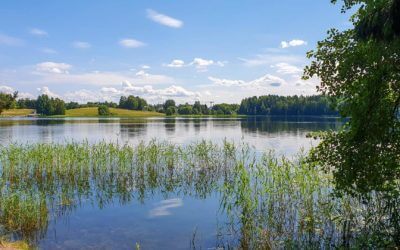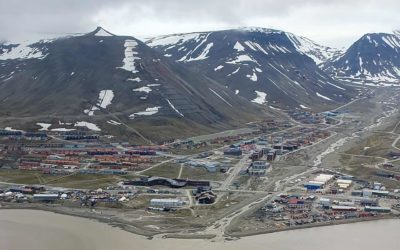A landing in a beautiful landscape, a towering cliff, a trapper’s hut, and an aerial attack by an aggressive bird.
Gnålodden
We only had to sail a short distance to reach our next destination: Gnålodden in the Hornsund Fjord. Gnålodden is a beautiful landing site with towering cliffs and thousands of breeding kittiwakes and guillemots. The name of this place is derived from the enormous noise that all these birds make. Gnål, in fact, means “nag” in Norwegian. The trapper’s hut at the foot of the cliff is famous as the place where Svalbard’s first female trapper, Wanny Wolstead, stayed around 1930.
For those interested in learning more about the harsh existence of trappers in the last century, I can recommend the book Recommend A Woman in the Polar Night by Christiane Ritter.
We went ashore and walked along the beach and hiked up quite a bit to get a closer look at the bird colony. It was incredibly steep and there was a strong cold wind, so we did not go all the way up.
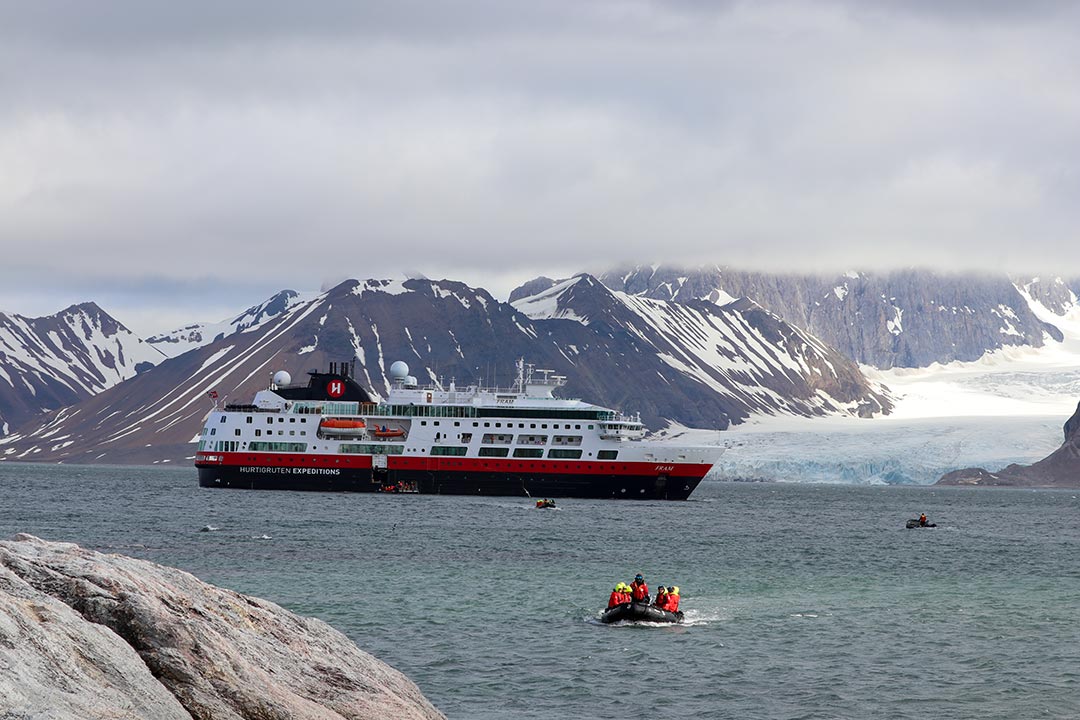
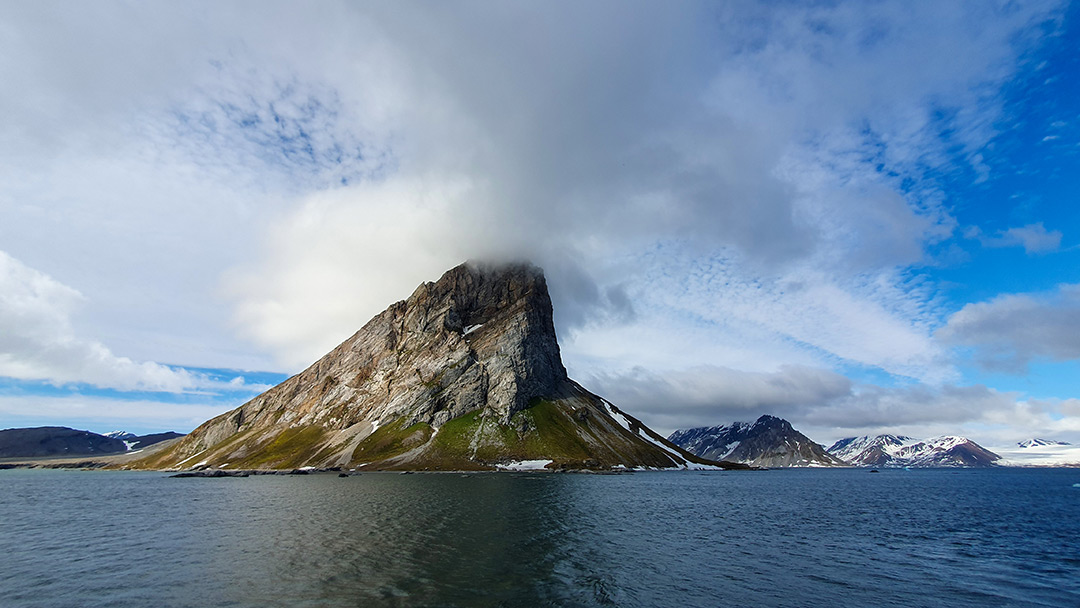
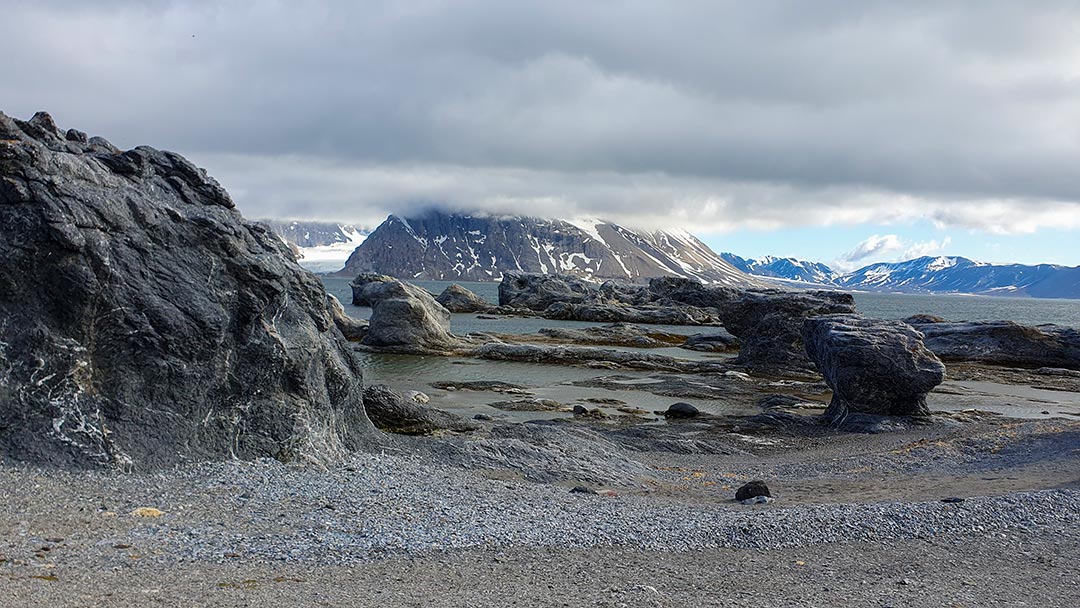
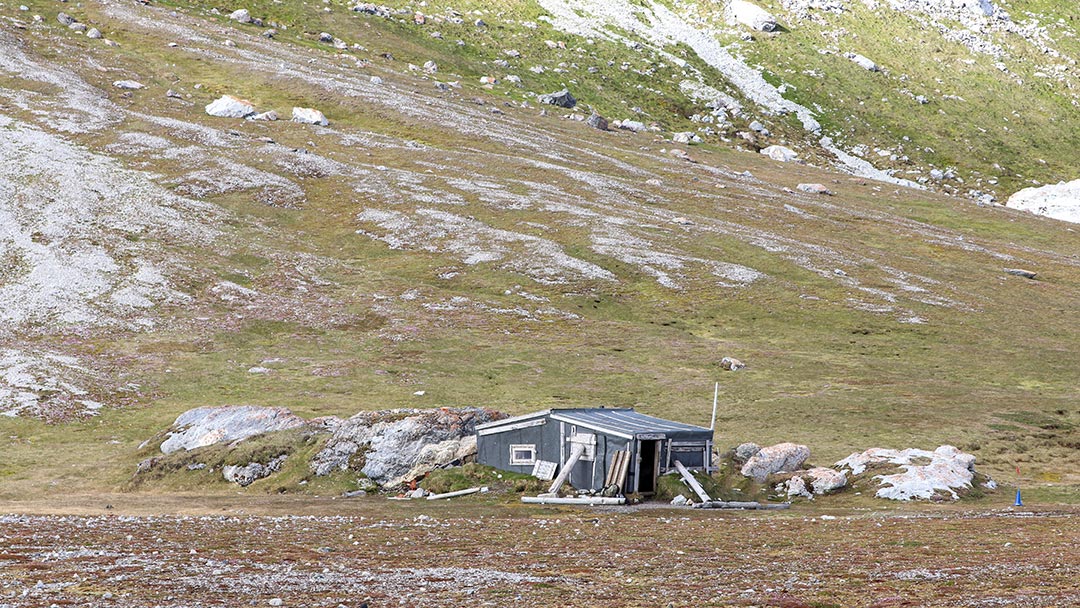
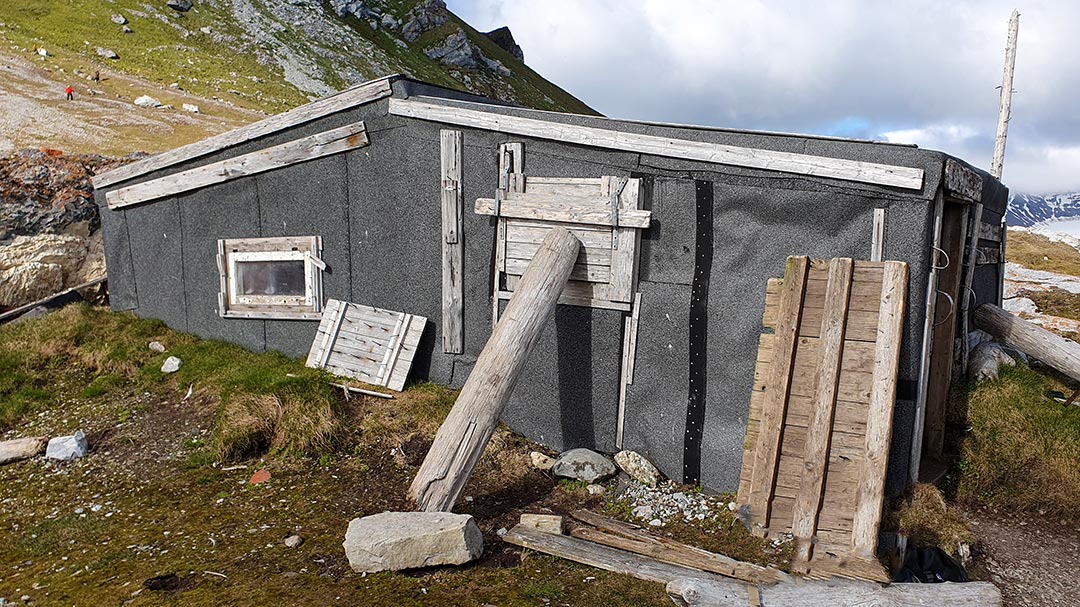
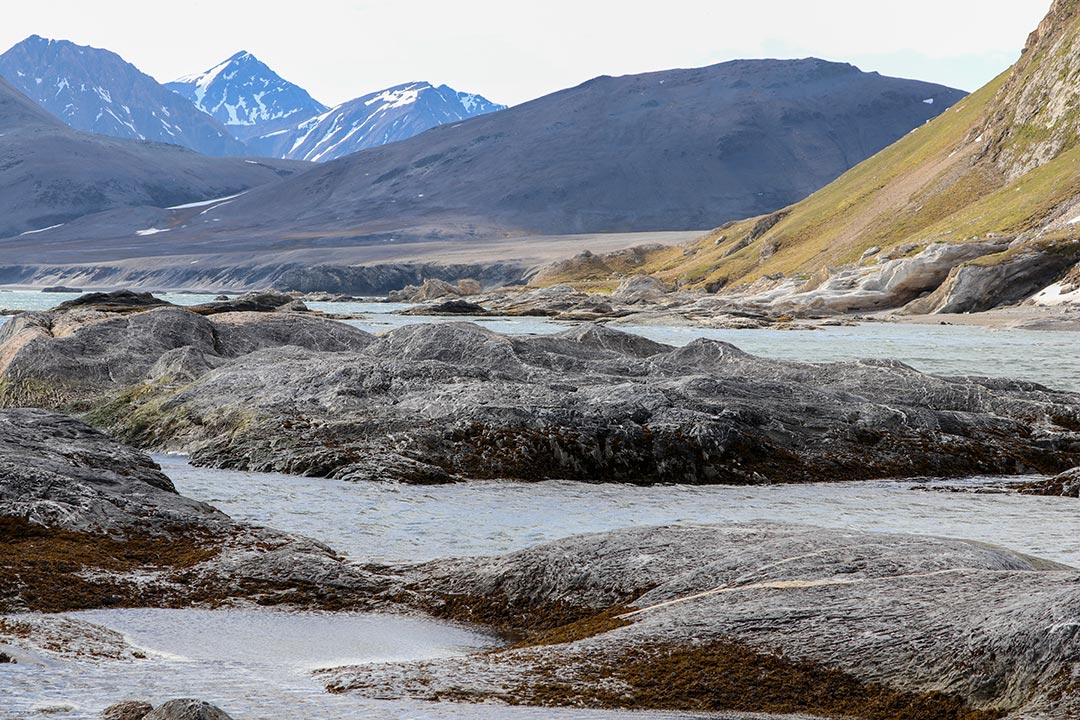
Flora
Despite the harsh climate and short, cool summers, Svalbard has more than 190 different plant species, not counting algae and mosses. We were amazed at how much greenery we encountered on this landing site. The plants do not grow taller than 10 cm, so it is not easy to see in panoramic photos how much is growing and blooming. Especially striking was the green moss here, which we had not seen in other places. We saw the cute pink flowers (Saxifraga) in many places on Svalbard.
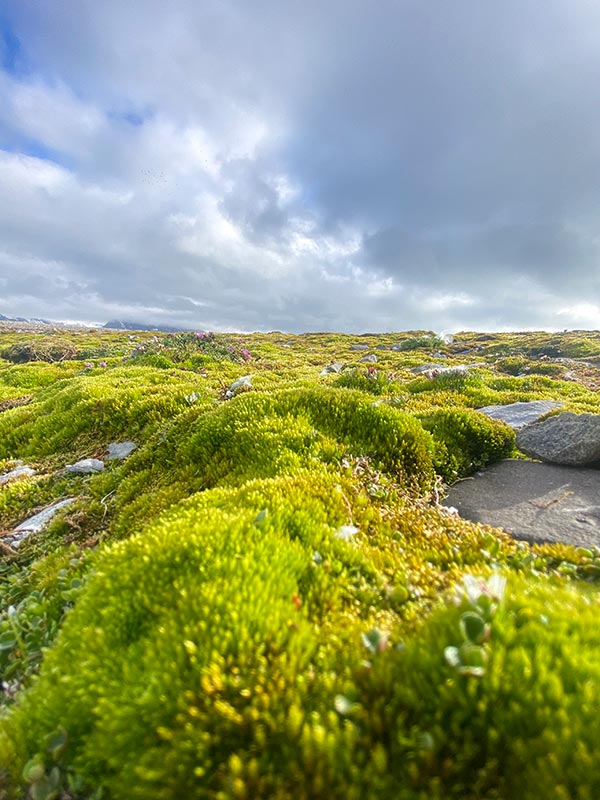
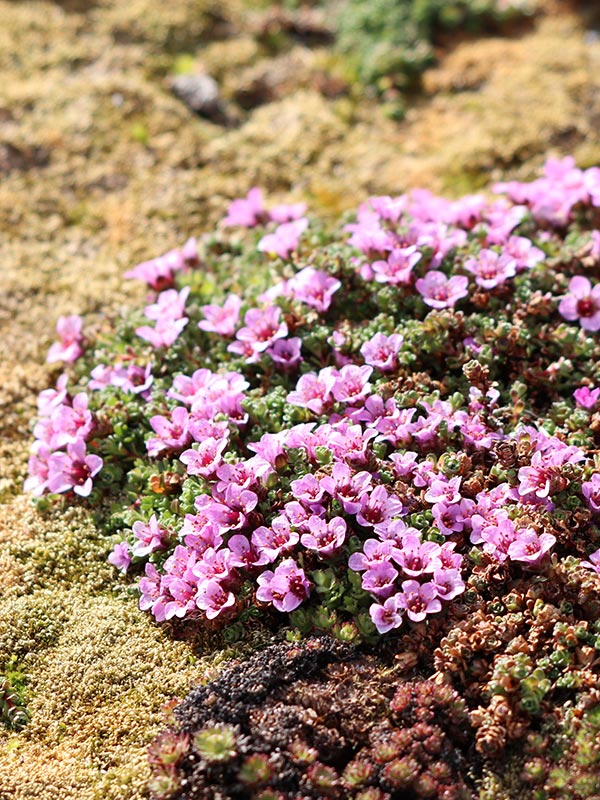
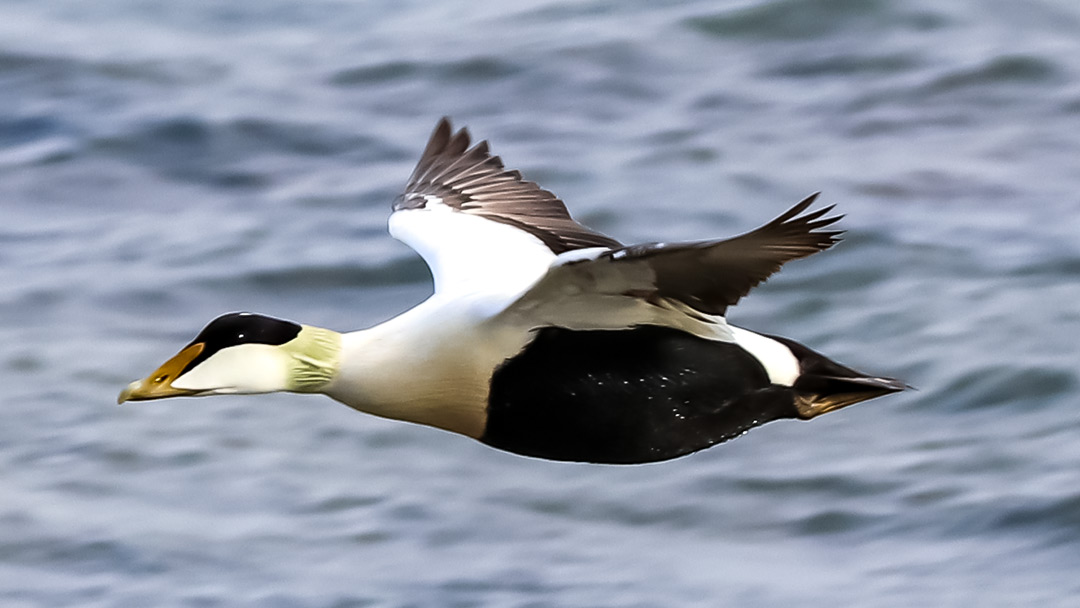
Eider duck
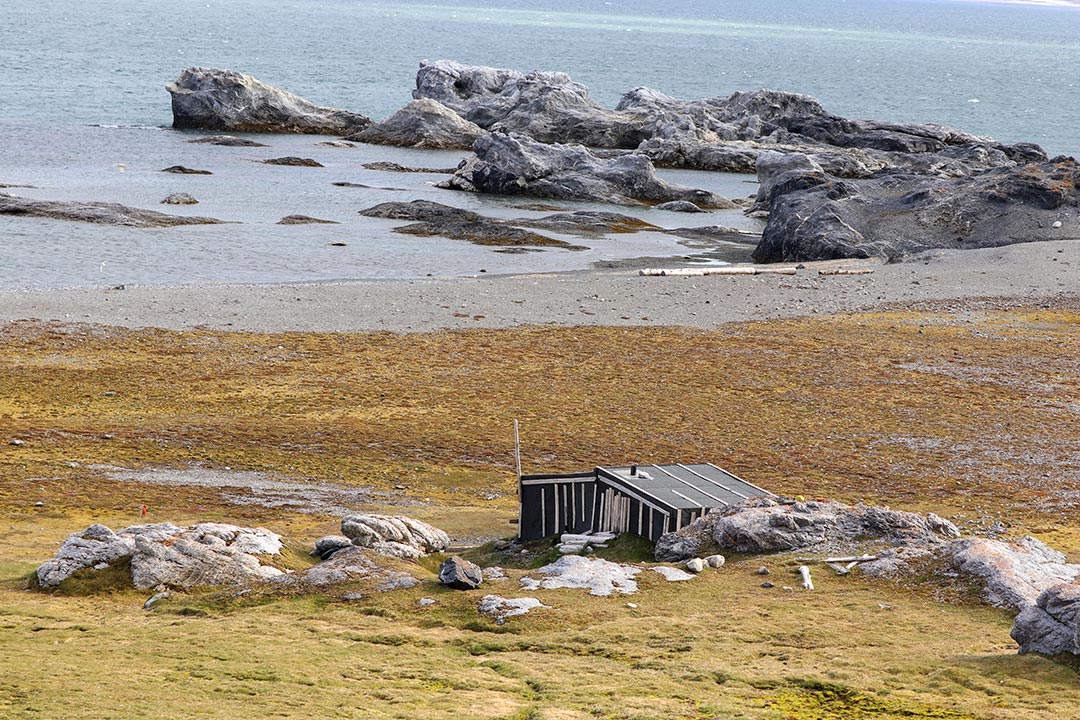
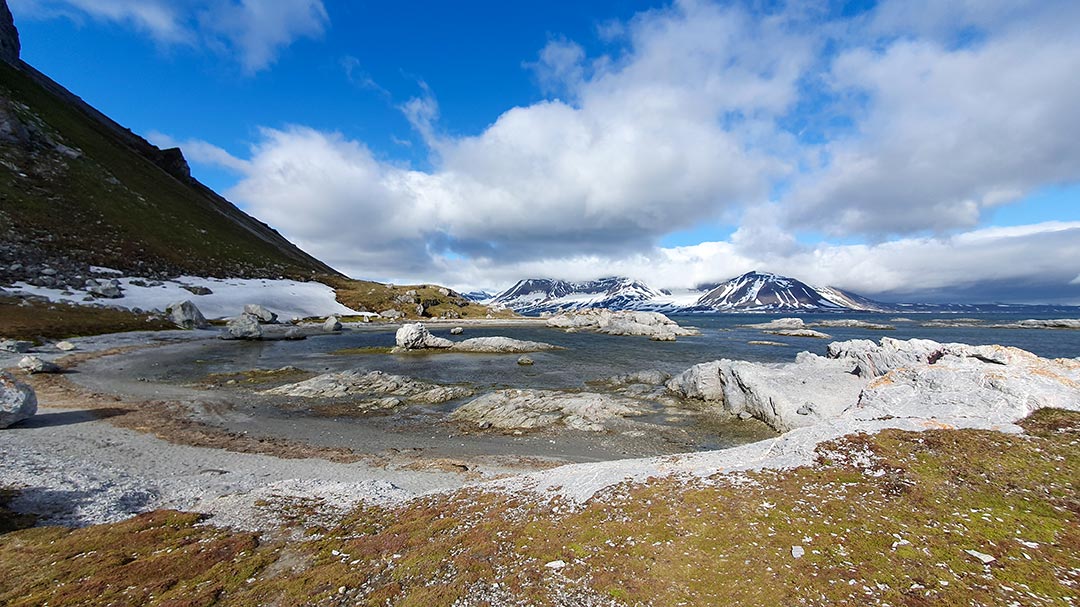
Air attack
In addition to gulls and guillemots, there was also a nesting site of Skuas. These are birds that live mainly along the coasts of Scandinavia and around the islands of Iceland and Svalbard. As the name suggests, they are hunters and predators. They also fanatically defend their breeding site and nest against enemies. To protect the nesting sites, the expedition team had marked the areas where we were not allowed to go with colored pylons. Despite choosing the right path and staying out of forbidden territory, Alex was still targeted by an overzealous Skua who apparently took offense to his wool hat. The creature pecked right through his hat, and Alex took off running to avoid the air attack. One of the guides came running and pointed the way to get rid of the bird. Which he didn’t see because in the meantime he had started running and was going the wrong way. I watched it all unfold and of course put my camera in burst mode to get the best shot. Luckily, the bird left him alone and Alex managed to avoid getting hurt. We had a good laugh about it!
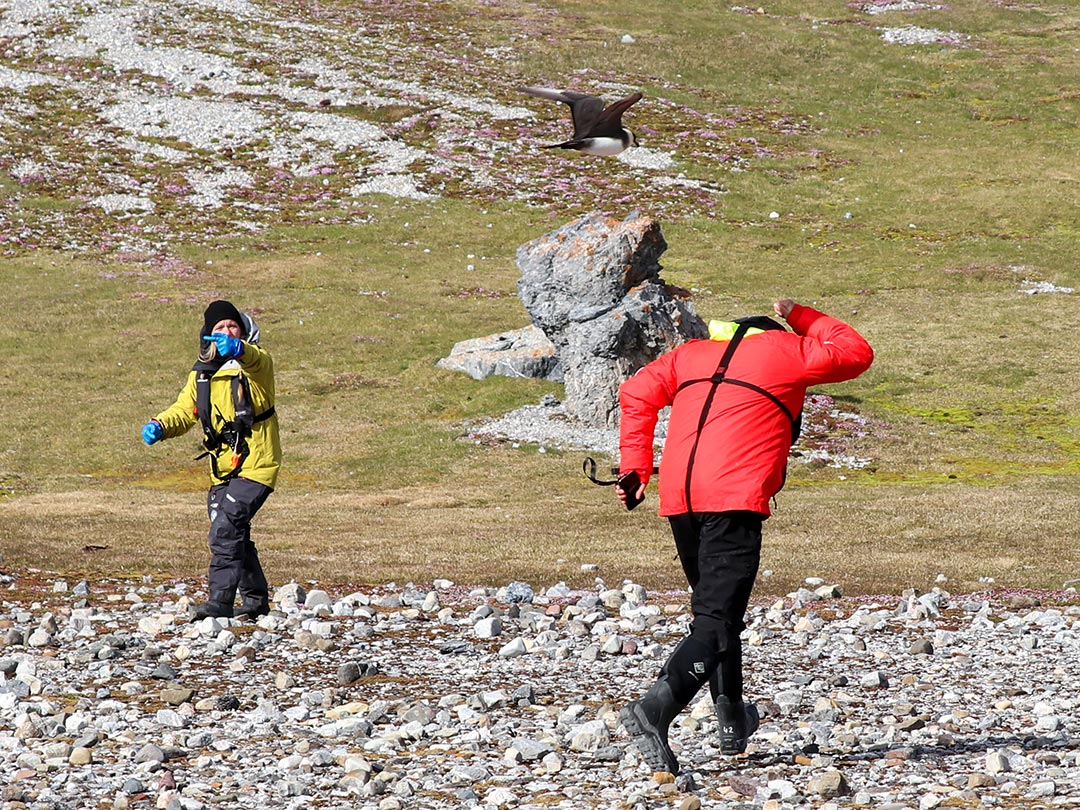
Last evening on board
It was already our last night on board the ship. The next morning we would be in Longyearbyen early for disembarkation and the flight back to Oslo.
In the evening we had another cocktail in the Observation Lounge and watched the scenery go by. Back in our cabin, we took one last look at the midnight sun. Tomorrow it would all be a wonderful memory.
Little did we know that the next day was going to go differently than planned.
